Tanzania
A funding shortfall means that aid agencies are unable to provide refugee children in Tanzania with proper schools. Students in camps have been forced to attend classes out in the open and without enough teachers or learning materials. Tanzania hosts over 280,000 refugees and asylum seekers, mostly from the Democratic Republic of Congo (DRC) and Burundi.
The Furaha Primary School, in Nduta camp, located in Tanzania’s north-western Kigoma district hosts about 200 students, many of who are refugees from Burundi.
Classes here are held out in the open.
Benches and blackboards are few so teachers have to improvise with whatever they can to hold lessons.
There are only 193 permanent classrooms for about 9,600 children in three camps.
“Look over there, there are not enough chairs. They need to add more chairs over there, as well as over there so that students don’t have to sit on the ground because there are no chairs so that they don’t get their clothes dirty,” said 14-year-old Euphrasie Hafashimana, a student at the school.
“It is an environment that a child cannot properly learn,” said said James Onyango, an education officer at the UN Refugee agency, UNHCR.
“We need more money. Construction of the classroom pretty much translates to we need money to put the classrooms there.”
It costs about 12,000 US dollars to build a classroom according to Onyango.
Fleeing political violence at home, about 10,000 Burundians arrived in neighbouring Tanzania each month towards the end of 2016, swelling three already overcrowded north-western camps.
For every three boys who attend, there is just one girl, and with little food to eat at home many pupils often struggle to concentrate in class.
Furaha is one of nine primary schools at Nduta camp, which provide education for about 75 percent of primary school children who attend classes in the refugee camps in Tanzania.
Many children learn in flimsy tents that collapse in the wind and bake in the midday sun.
Empty stomachs, an often-exhausting trek to school and no diplomas mean that students often opt out.
As refugee children get older, the obstacles increase. Only 5 percent of primary school students make it to secondary school, according to a UNHCR.
“Some students drop out because the situation at home, maybe their parents are not able to support them, so they decide to leave school and try to earn an income. Some are also forced to stop learning when they fall pregnant,” said Marie-Goretti Ndayininahaze, a student.
Plans are in place to move students at Nduta camp to new mud-brick buildings with nine classrooms, a staff room, a head teacher’s office and latrines.
REUTERS




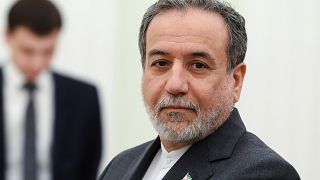
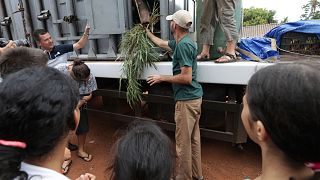
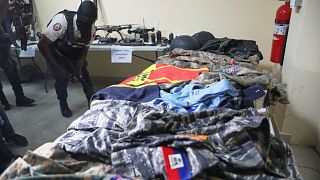
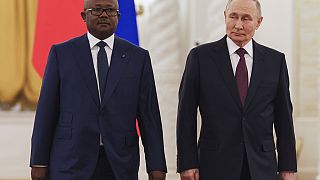
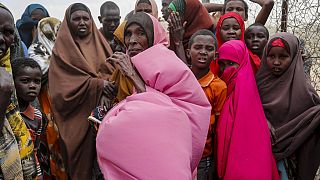
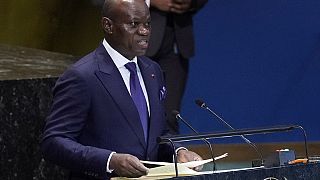

01:49
Sudanese refugees in Chad face deepening humanitarian crisis
02:19
US funding cuts threaten youth programmes at Kenya's Kakuma refugee camp
01:52
UN's crucial humanitarian aid work faces a clouded future amid cuts in funds
02:00
Refugees in Kenyan camp face hunger after USAID funding freeze
Go to video
A decade on, Lesbos still bears the scars of the refugee crisis
01:09
Wars displace over 122 million people as global aid dwindles – UNHCR